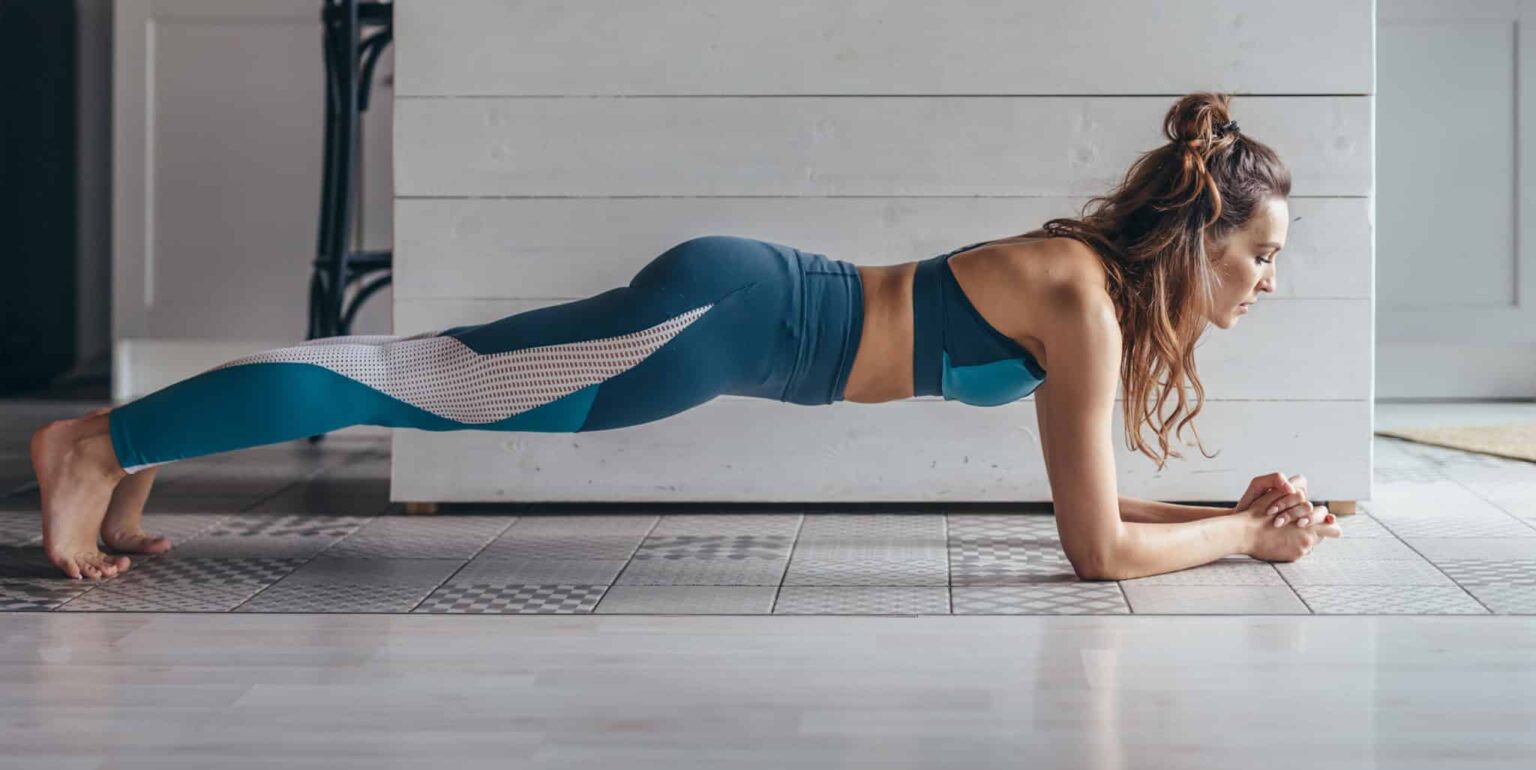Dr Selena Langdon on how to offset the loss of muscle tone as we get older
In my practice, function is as important as form when it comes to the body. As we age many subtle changes occur which, over time, can lead to quite dramatic differences. My patients often focus on the changes they can see, and understandably so as these are the most obvious. What is sometimes overlooked though, and which many of us are unaware of, is that muscle mass decreases by as much as eight per cent per decade after the age of 30.
Loss of muscle tone, called muscle atrophy, can lead to general muscle weakness, which reduces mobility. Of particular importance is core strength, needed for everyday acts like sitting, standing, or tying your shoes. A weak core can also affect your back causing pain, and for which some opt for pain medication instead of addressing the underlying cause.
Preventing fall-related injuries
Core strength is important for day-to-day movement, but also helps your balance and general stability. While muscle tone begins to decline from 30, the rate of decline accelerates at around 60. For those that are not sufficiently active the decline in muscle tone can contribute to your risk of fall-related injuries. A strong core is therefore not only important for general wellbeing, but will help to prevent injuries such as bruises, sprains, hip fractures, or head trauma.
Post-pregnancy issues
Around two thirds of women postpartum will suffer from some degree of diastasis recti, which is a separation of the abdominal muscles. This is completely natural and occurs during the gestational period of pregnancy and in response to a mother’s change in hormone levels. While for some women diastasis recti does resolve naturally, age at the time of becoming pregnant, as well as muscle tone prior to pregnancy, does have an impact on how well the body recovers.

Building your core
When it comes to muscle atrophy it is best to undertake regular exercise, in particular those that are weight bearing, such as with free weights, which will help to maintain muscle tone while also increasing bone density. If you have not been in the habit of exercising, then it is advisable to first check with your doctor.
Clinic-based solutions
For my patients looking to regain muscle tone and target particular muscle groups, I offer Emsculpt. This device is designed specifically to build muscles fast and is used in injury recovery or alongside a programme of regular exercise. The technology is made by BTL who have been making physiotherapy machines since 1996. In one 30-minute session the Emsculpt causes the muscles to contract as many as 20,000 times, meaning the intensity of the workout is hard to replicate naturally. Emsculpt targets the abs to help core strength as well as buttocks, calves, thighs, and arms.
Emsculpt is delivered over a course of six sessions and the treatment is ideal for those looking to kick-start their fitness or for those who are wanting to address issues of core instability or diastasis recti.
BERKSHIRE AESTHETICS
Dr Selena Langdon is an aesthetics doctor and founder of Berkshire Aesthetic – see more at berkshireaesthetics.com







